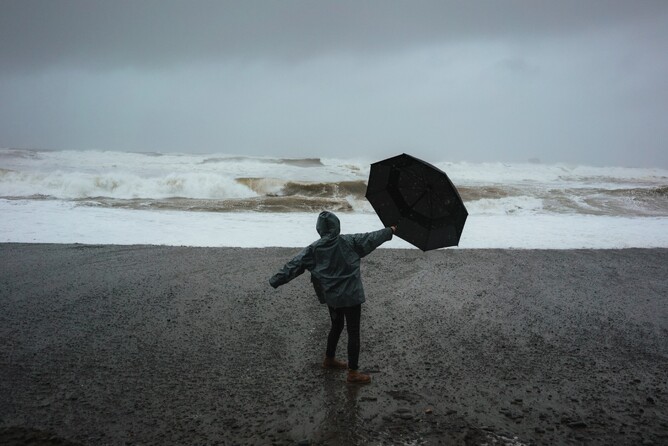I don’t know if it’s a combination of Covid craziness and end of year angst, or the cosmic after-effects of last month’s micro Moon eclipse, but recent days at HMC have seen an unusual convergence of heavy issues and crises.
For our team, every time we advise a client on a tough issue, we like to step back and understand what we can learn, take away and apply in the future when another client issue arises. Here are a few of our learnings over the past month, which might help when your organisation faces its next big issue.
Putting these nuggets into practice will help you preserve your reputation, build trust and manage risk.
Face into the wind
When a storm is brewing, the best thing you can do is to start battening down the hatches. If you choose not to board up the windows and sandbag your doors, and hide under the bed instead, you’re just going to emerge back into a house that is battered – maybe beyond repair.
When an issue is threatening to become public, face into it. And face into it early. Prepare and plan until there’s nothing more you can do but wait.
Yes, it’s exhausting. Yes, worst-case scenario planning is scary. Yes, it means you need to drop BAU. But if you want to preserve your organisation’s reputation, you don’t have a choice. The calm before the storm is the time when leaders earn their mettle.
Don’t get comfy in the eye of the storm
It’s unlikely many of us have experienced the eye of a hurricane, but we’ve all likely seen footage in movies or on the news. An eye comes in the middle of the storm, not at the end. And it can give you a false sense of security. The eye is often calm. It can even be sunny. But it only lasts for a short time until the raging wind and rain returns.
When you are managing a crisis, don’t get comfortable. Very often, particularly if we are talking about media coverage, it can get worse before it gets better. So, don’t let your guard down. Keep strategising and forward-planning.
Visibility can be low
When a storm is upon you, you often can’t see the road ahead and the obstacles on it. You’ve got to put one step in front of the other and hope you are on the right road.
That’s why you need to map your course before the rain starts falling. And then practise walking it. What will you do if X happens? How will you react if media says Y? What other route might you take if Z ends up not being an option?
Believe me, the storm is a lot less scary when you can visualise the roadmap and the destination.
The end of the storm is just the start
Organisations often spend so much time planning for a negative event or tricky announcement, but then forget to plan for ‘what’s next.’ When the storm has passed, that’s the time to look around, do a stocktake and then determine your strategy for the clean-up phase.
Don’t think you can just go back to business-as-usual after your organisation’s gone through a crisis or issue. You’ll need to adjust and think about the ways you can rebuild trust, while demonstrating your organisation has learned from the experience and is making things better as a result.
You need your mates to get through
Sitting alone in your house while a storm rages around you is a very lonely and scary place to be. It’s also a dangerous place – you can’t navigate it alone.
Get a trusted, experienced team around you – people who have been through storms before. Managing issues and crises can bring out the best in your staff and your advisors, especially when a great leader is at the helm.
Facing a major issue or crisis is bloody hard work. It calls for an organisation to step up and do the right thing. And that means taking the knocks you deserve, but hopefully also accepting the kudos you’ll have earned when you muster up the courage to meet the storm head-on.
